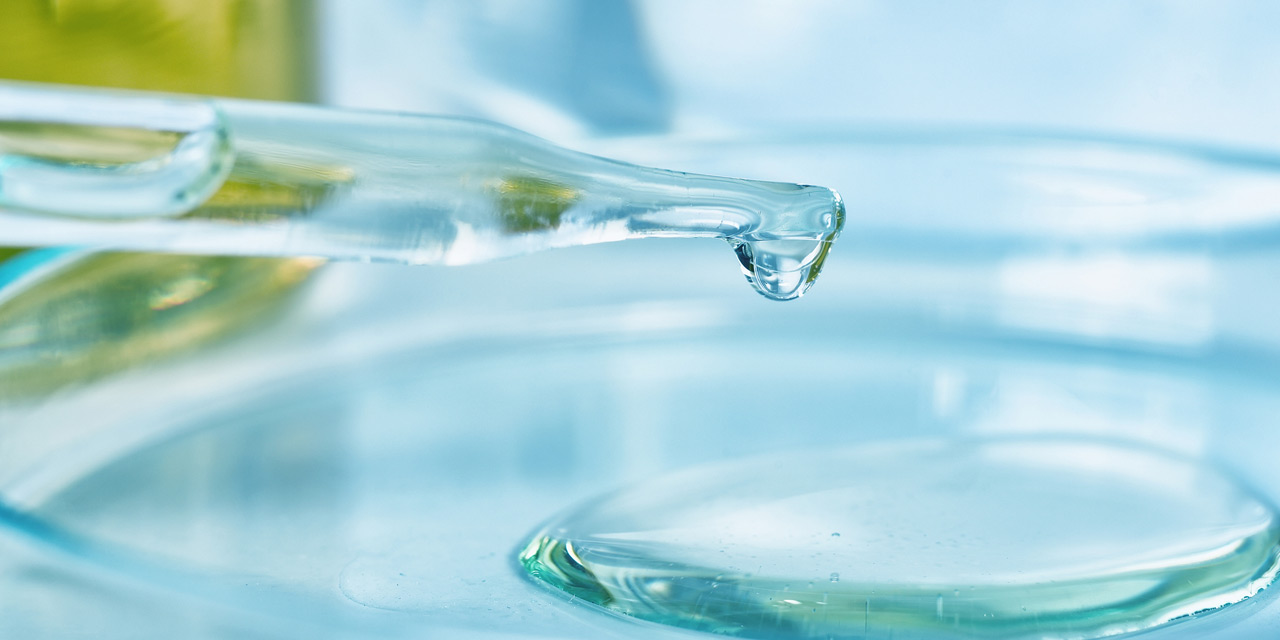In the rapidly evolving cannabis industry, ensuring the safety and purity of products is paramount. One of the key areas of concern involves the detection and analysis of residual solvents in cannabis extracts. These solvents, used in the extraction process to isolate cannabinoids and terpenes, can pose significant health risks if not properly removed.
Understanding Residual Solvents
Residual solvents are chemicals that remain in cannabis concentrates and extracts following the extraction process. Common solvents include butane, propane, ethanol, and carbon dioxide, each selected for its ability to efficiently extract desired compounds from the cannabis plant. While these solvents play a crucial role in the production of concentrates, their complete removal is essential to ensure product safety.
The Health Risks of Residual Solvents
The presence of residual solvents in cannabis products can lead to adverse health effects, ranging from mild irritations to more severe toxicological outcomes. Prolonged exposure or ingestion of solvent-contaminated products can affect the nervous system, respiratory system, and overall well-being. This underscores the necessity of stringent testing to detect and quantify any residual solvents.
The Role of Cannabis Testing Labs
Cannabis testing plays a vital role in safeguarding public health by conducting comprehensive residual solvent analysis with precision—this precision is crucial for ensuring that cannabis products meet regulatory standards and are safe for consumption.
Regulatory Standards and Compliance
Regulatory bodies have established permissible limits for residual solvents in cannabis products, emphasizing the importance of compliance. These standards vary by jurisdiction but are designed to protect consumers from potential harm. Purity Medical Labs is at the forefront of ensuring that products on the market do not exceed these regulatory limits, thereby maintaining product integrity and consumer trust.
Best Practices for Producers
For cannabis producers, adhering to best practices in extraction and post-processing is essential to minimize the presence of residual solvents. This includes selecting appropriate solvents, optimizing extraction parameters, and implementing effective purging techniques. Producers must work closely with accredited testing labs to verify the purity of their products, making residual solvent analysis an integral part of quality assurance protocols.
The Future of Residual Solvent Analysis
As the cannabis industry continues to mature, the methods and technologies for residual solvent analysis are expected to evolve. Innovations in analytical instrumentation and techniques will enhance sensitivity and accuracy, enabling labs to detect even lower levels of solvents. Moreover, as regulatory frameworks become more standardized, the emphasis on residual solvent testing will likely increase, further ensuring the safety and quality of cannabis products.
Residual solvent analysis is a critical component of cannabis testing, providing essential insights into product safety and compliance. By rigorously analyzing extracts for unwanted chemical residues, testing labs play a crucial role in protecting public health and upholding industry standards. For producers and consumers alike, understanding the importance of residual solvent testing is key to ensuring the highest levels of safety and quality in cannabis products. As the industry progresses, the commitment to thorough testing and analysis will remain a cornerstone of responsible cannabis production and consumption.



